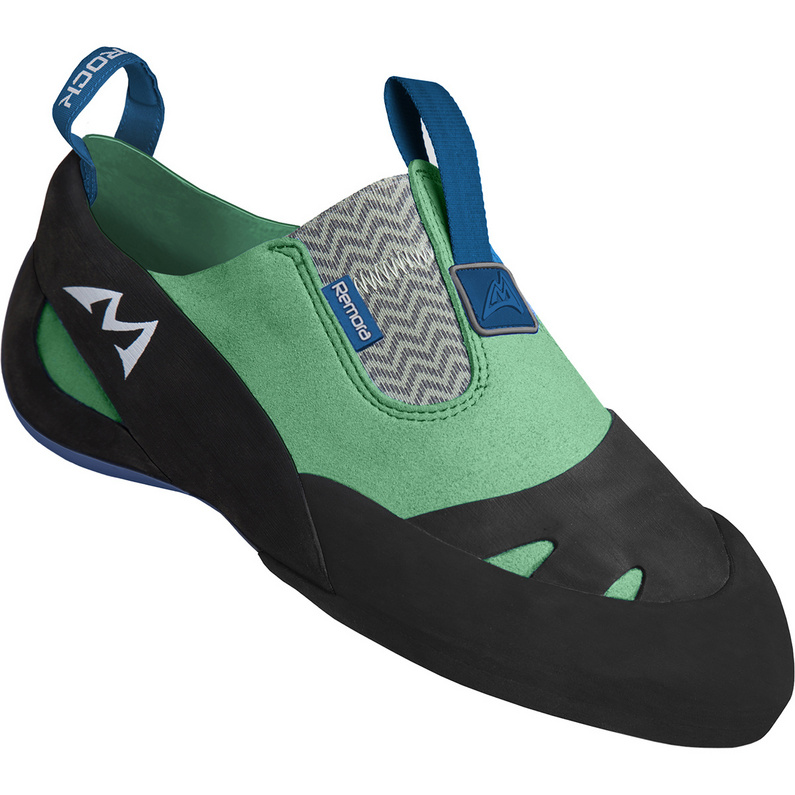
BetaGear
Helping you reach new heights!
1 / 7
Evolv Geshido
Precision
Comfort
Support
Features
MOLDED VTR
The Variable Thickness Rand (VTR) has partially a thinner rand to release pressure from the forfoot and a thicker rand for higher rigidity in areas with higher wear.
Dark Spine Heel Midsole
The Dark Spine Heel Midsole paired with a thinner heel rand rubber ensures higher rigidity and additional power to the front of the shoe in overhanging routes.
Shoes with similar fit
Technical Details
Outer
Teal
White
Shape
Fit
Rigidity
More
Which size fits?
| Fit | Sizing |
|---|---|
| Comfort | + 1 |
| star Normal | + 0.5 |
| star Performance | + 0.5 |
We recommend for your profile to pick this shoe around 0.5 sizes larger than your Street Shoe Size.
Get yours here!
The above contain affiliate links. For more information see the disclosures
All prices in Euro incl. VAT, if necessary plus shipping. Prices and ranking are subject to change at any time. Further information can be found in the notes on pricing
















